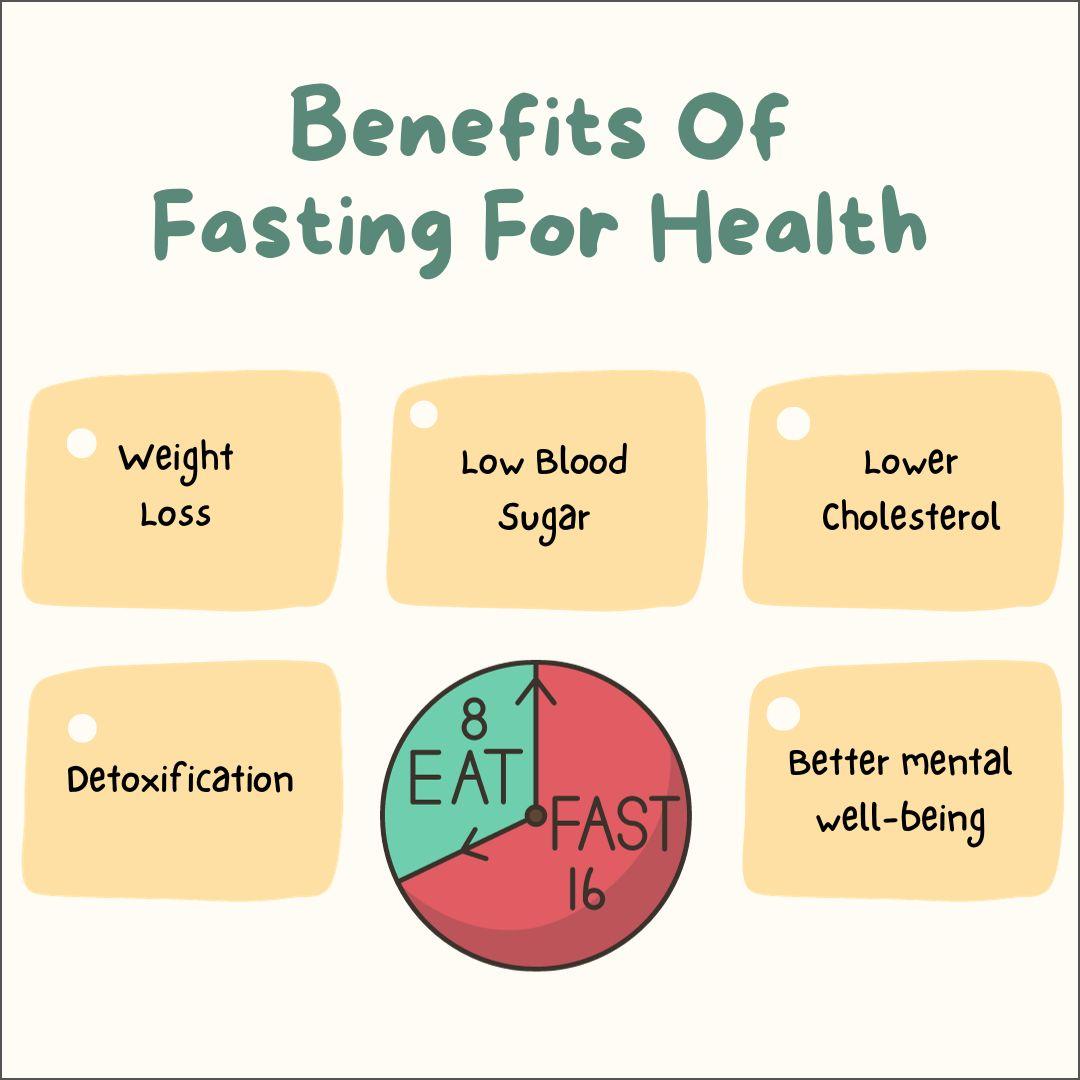Intermittent fasting has surged in popularity as a flexible and effective approach to weight management and overall health enhancement. Yet, amidst the myriad of dietary trends, understanding how to tailor intermittent fasting to fit individual lifestyles and goals can be challenging. This article delves into the analytical framework of intermittent fasting, exploring its physiological impacts, psychological benefits, and practical strategies for customization. By dissecting the science behind fasting and examining real-world applications, we aim to empower readers with the knowledge and confidence to make intermittent fasting work for them, transforming it from a mere dietary choice into a sustainable lifestyle change.
Understanding the Science Behind Intermittent Fasting
At its core, intermittent fasting (IF) is a dietary strategy that cycles between periods of eating and fasting. This approach leverages the body’s natural metabolic processes to optimize health and weight management. When you fast, your body undergoes several changes at the cellular and molecular level. These include reductions in insulin levels, which facilitate fat burning, and increases in growth hormone, which aid in muscle gain and fat loss. Moreover, fasting triggers autophagy, a process where cells digest and remove dysfunctional proteins, contributing to cellular rejuvenation and longevity.
Several types of intermittent fasting exist, each with unique benefits. Some popular methods include:
- 16/8 Method: Fast for 16 hours and eat during an 8-hour window.
- 5:2 Diet: Eat normally for five days and restrict calorie intake to 500-600 on two non-consecutive days.
- Eat-Stop-Eat: Engage in a 24-hour fast once or twice a week.
Understanding the science behind these fasting methods allows you to tailor them to your lifestyle and health goals effectively. By aligning with your body’s natural rhythms and metabolic processes, intermittent fasting can be a powerful tool for achieving sustainable health improvements.

Tailoring Fasting Schedules to Fit Your Lifestyle
Intermittent fasting doesn’t have to be a one-size-fits-all approach. By customizing your fasting schedule, you can seamlessly integrate it into your daily routine, enhancing both its effectiveness and your overall satisfaction. Here are some strategies to help you adapt fasting to suit your lifestyle:
- Identify Your Goals: Are you fasting for weight loss, mental clarity, or improved metabolic health? Defining your objectives will guide the choice of fasting pattern, whether it’s the 16/8 method, alternate-day fasting, or a more flexible eating window.
- Analyze Your Daily Routine: Take a close look at your work schedule, family commitments, and social activities. Choose a fasting window that aligns with your natural rhythms, ensuring minimal disruption to your day-to-day life.
- Consider Your Hunger Patterns: Pay attention to when you naturally feel hungry and adjust your fasting periods accordingly. If mornings are when you need energy the most, perhaps a later start to your fast will work better for you.
- Be Flexible: Life is unpredictable. Allow yourself the flexibility to adjust your fasting schedule as needed. Remember, the key to long-term success is sustainability, not rigidity.
By following these steps, you can craft a fasting schedule that not only fits your lifestyle but also empowers you to achieve your health and wellness goals with confidence.
Optimizing Nutrition and Hydration During Eating Windows
Maximizing the benefits of intermittent fasting hinges on smart nutritional choices and proper hydration during eating windows. Focus on nutrient-dense foods that offer a balance of macronutrients and micronutrients to support energy levels and metabolic health. Consider incorporating a mix of the following:
- Lean Proteins: Chicken, fish, tofu, and legumes to aid muscle repair and satiety.
- Healthy Fats: Avocados, nuts, and olive oil to provide sustained energy and support brain function.
- Complex Carbohydrates: Whole grains, quinoa, and sweet potatoes for fiber and steady glucose levels.
- Vitamins and Minerals: Leafy greens, berries, and citrus fruits to boost immunity and overall wellness.
Hydration is equally critical, as fasting can sometimes lead to dehydration. Aim to drink plenty of water throughout the day, and consider adding electrolytes during eating periods to maintain balance. Herbal teas and infused water can offer flavor without added sugars. By prioritizing these elements, you can enhance the effectiveness of your intermittent fasting regimen, ensuring you not only reach your health goals but do so in a sustainable and satisfying manner.
Overcoming Common Challenges and Staying Motivated
Navigating the journey of intermittent fasting can present a few hurdles, but with the right strategies, these can be effectively managed. One of the most common challenges is dealing with hunger pangs during fasting windows. Staying hydrated is crucial; often, thirst is mistaken for hunger. Opt for water, herbal teas, or black coffee to help curb these sensations. Another strategy is to ensure your eating windows include nutrient-dense meals that are high in fiber and healthy fats, which promote satiety and help sustain energy levels.
Maintaining motivation can be equally challenging, especially during the initial phases. To stay inspired, it’s essential to focus on the long-term benefits rather than immediate results. Consider keeping a journal to track your progress and reflect on non-scale victories, such as improved energy levels or better sleep quality. Connect with a community—whether online or in-person—to share experiences and gain support. Lastly, set realistic goals and remind yourself of your reasons for choosing intermittent fasting. By aligning your fasting routine with personal values and health objectives, you create a more meaningful and motivating practice.
